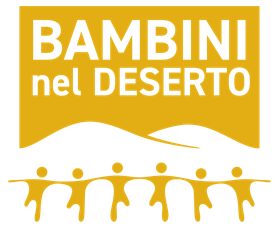
Bambini nel Deserto
We are part of a global alliance of humanitarian organizations, with offices in Switzerland, Italy, Ukraine and Niger, united by a common mission and modus operandi; intervene effectively in the sectors of International Cooperation and Humanitarian Emergencies.
Contacts
c/o Fido Consult SA
CH-6537 Grono Work headquarter: Via Porta Piazzetta 2
c/o Fido Consult SA
CH-6537 Grono Short contacts Email: switzerland@bnd.ngo
Phone: +41 91 2253810
References
Bank data IBAN: CH65 8080 8007 2724 6374 2
BIC/SWIFT: RAIFCH22XXX

